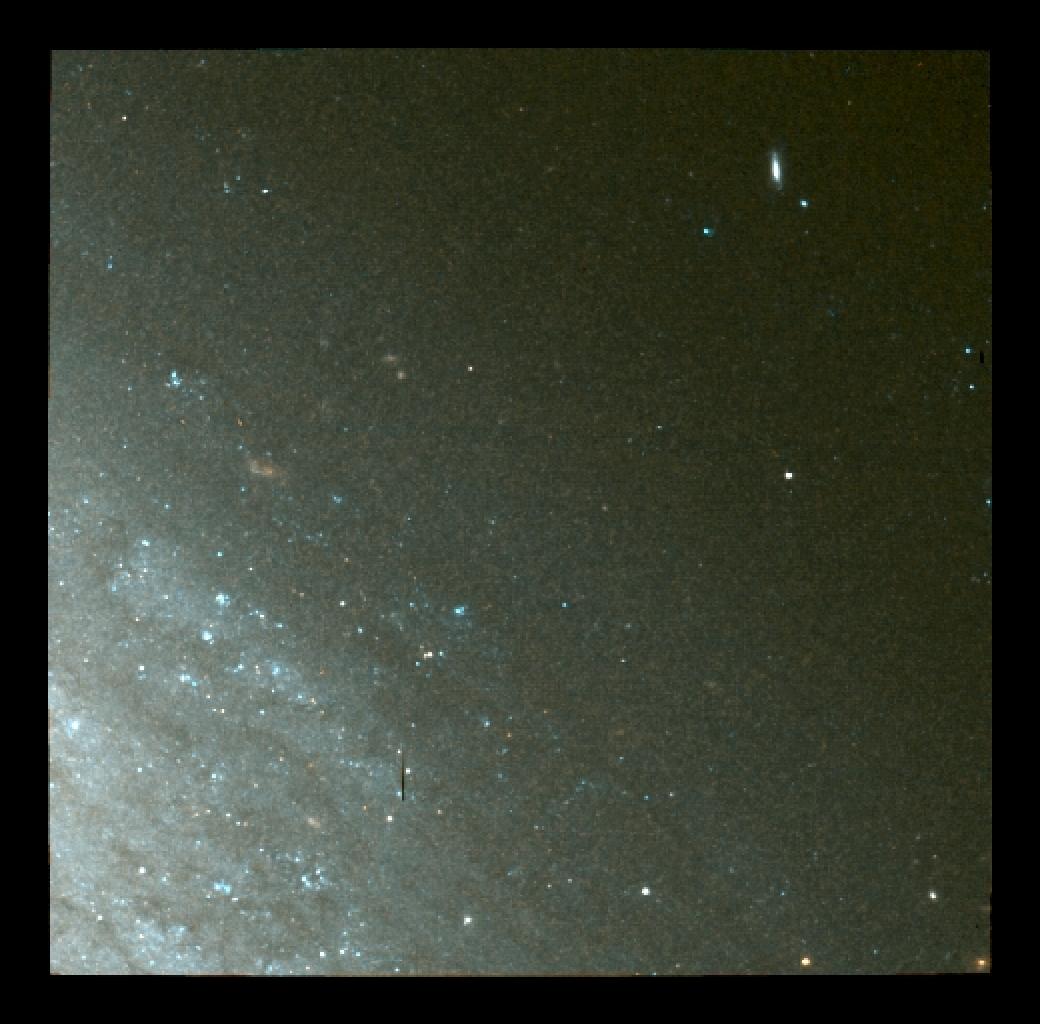Cosmic rays, high-energy particles originating from outer space, bombard Earth incessantly. These enigmatic entities have captivated scientists and enthusiasts alike for decades, given their potential insights into the universe’s most profound secrets. Despite their ubiquity, the means of detecting these elusive particles necessitate sophisticated methodologies and apparatuses. This article delves into the different techniques employed for cosmic ray detection, elucidating the underlying principles while addressing the fascination these particles invoke.
The detection of cosmic rays predominantly hinges on two principles: the direct observation of secondary particles produced when cosmic rays collide with the Earth’s atmosphere and the utilization of specialized detectors capable of sensing the primary cosmic rays. This intricate dance of particles, initiated light-years away, culminates in a myriad of interactions that researchers exploit to glean information about these high-energy arrivals.
One of the earliest methods utilized for cosmic ray detection emerged from ground-based observatories. Here, observers capitalize on the phenomenon of extensive air showers (EAS). When a high-energy cosmic ray strikes the atmosphere, it collides with atomic nuclei, cascading into a multitude of secondary particles, predominantly pions and muons. These secondary particles further interact, resulting in a veritable shower of particles that can be detected at ground level. Observatories, such as the Pierre Auger Observatory in Argentina, utilize vast arrays of detector units capable of registering these atmospheric particles as they rain down.
Modern detectors employ an array of methodologies to ascertain the presence of cosmic rays. Amongst these, scintillation detectors stand out due to their simplicity and effectiveness. These devices function by exploiting the phenomenon where certain materials emit light when excited by ionizing radiation, including charged particles resulting from cosmic ray interactions. The emitted light can then be quantified, providing a direct measure of the particle flux. Despite their straightforward nature, scintillation detectors have proven invaluable for a range of experiments, from sports to astrophysical research, capturing the elusive presence of cosmic rays in a tangible manner.
Another notable technique involves the use of Cherenkov radiation. When charged particles emitted from cosmic ray interactions surpass the speed of light in a given medium, they emit a bluish light known as Cherenkov radiation. This property has paved the way for devices such as water Cherenkov detectors, which utilize enormous reservoirs of water to detect cosmic rays. Arrays of photomultipliers are positioned around these tanks; when a cosmic ray generates secondary particles that produce Cherenkov radiation, the photomultipliers detect the resulting light. This method provides essential information regarding the energy and type of the incoming cosmic ray.
Furthermore, advancements in technology have birthed the rise of particle accelerators as tools for cosmic ray research. These facilities, such as the Large Hadron Collider (LHC), mimic cosmic ray interactions by creating conditions similar to those found in deep space. Researchers can analyze the results of accelerator experiments to distinguish various cosmic ray components and gain insights into the workings of cosmic particles. Such experimental setups allow a comprehensive understanding of cosmic rays, nurturing curiosity and fascination with the fundamental workings of the universe.
Neutrino telescopes represent another significant advancement in the cosmological quest. While cosmic rays are charged particles, neutrinos, their neutral counterparts, are incredibly elusive and interact weakly with matter. When high-energy cosmic rays cause interactions in dense materials, they can produce neutrinos that propagate through space, evading most substances. Neutrino telescopes, often located in deep underwater or underground installations, utilize vast volumes of water or ice to capture the faint signals emitted by these elusive particles. The detection of neutrinos provides a different yet complementary perspective on cosmic ray phenomena, amplifying our understanding of the cosmic landscape.
Interestingly, the implications of cosmic ray research extend beyond mere detection; they provoke contemplation regarding their wider ramifications. For instance, the study of cosmic rays contributes to our understanding of astrophysical processes, including the behavior of black holes, the dynamics of supernovae, and the enigmatic nature of dark matter. As scientists unravel the complex tapestry interwoven with cosmic rays, a plethora of questions arises surrounding the origins of these particles, their interactions with the interstellar medium, and their influence on life on Earth.
Moreover, cosmic rays can have practical implications for technological applications. For example, they can interfere with the operational capacities of satellites and avionics systems. Understanding cosmic ray flux and its variations can inform engineers and developers, optimizing the design and robustness of sensitive equipment. Consequently, cosmic ray detection transcends academic curiosity, fueling innovation in technological realms, safeguarding humanity’s technological advancement while nurturing our quest for understanding the cosmos.
In conclusion, the quest to detect cosmic rays reaching Earth enmeshes science with incalculable curiosity. Through various sophisticated detection methodologies—extensive air shower arrays, scintillation detectors, Cherenkov radiation units, particle accelerators, and neutrino telescopes—researchers continue to enhance our knowledge of these elusive particles. The intersection of cosmic ray science with advanced technology reflects not only the profound intricacies of our universe but also our intrinsic fascination with its mysteries. As the challenge of cosmic ray detection persists, so too does the allure of what these phenomena can reveal about the universe at large.












